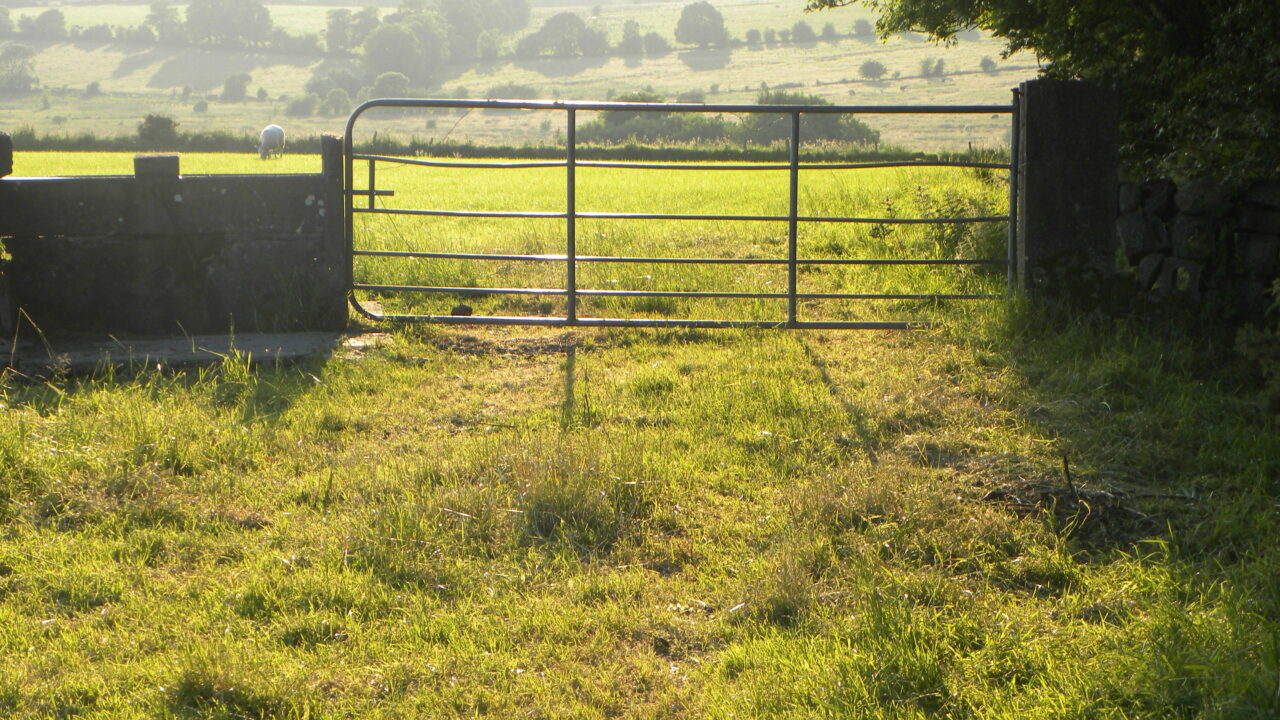Early October is upon us and closing up grass for spring 2016 has begun on some farms.
The ‘start of closing’ date will vary between farms, usually between October 1-15.
There will be farms calving down higher numbers of cows next spring with quotas now gone and beef numbers will also be reduced on many farms that had previously lowly stocked their milking platform.
A high demand for low-cost, high-quality feed next spring is essential to keep production costs low and survive the low milk price.
Spring grass has an ME of 12MjMe/KgDM or a UFL value of 1.0 – much-needed energy for early lactation spring calving or mid-lactation autumn calving herds.
The opening cover in spring is dictated largely by how much feed farmers can bank up in October and November.
Northern farms will close up from early October, whereas farms further south will close up from October 10-15.
The reason for the range in closing dates is due to the closing covers achieved by the end of November – the highest closing cover farmers want to carry over the winter is 1200kgsDM/ha, with a peak AFC of 650-700kgs by the end of November.
A closing cover of 650-700kgsDM/ha can only be built up on farms with exceptional grassland management as carrying over high covers of clumpy, poor quality feed will lead to excess leaf death and decay which will have a negative impact on grass quality and suppress regrowths post-grazing next spring.
Owing to the lower growth rates we get in Tyrone from now on, instead of closing 60% of platform within the first 30 days of closing, we will close 75%.
This sounds excessive, but the end result allows us to turn cows out full time early next spring.
We tried this last year following the research conducted at Johnstown castle which showed how closing up more of the platform earlier enables a high percentage of paddocks to reach 1000kgs/ha by end of closing/start of spring.
With higher rainfall and earlier housing (full-time housing by mid-November), building up covers too high now or carrying excess covers (greater than 1200kgs by end November) over the winter will lead to difficulty in grazing out these swards next spring – coupled by the slow regrowths post-grazing.
It is vital that farmers close up enough area per week, not monthly as it is the area closed within the first two weeks of closing that grows the greater covers.
Paddocks closed first will be grazed 10-14 days post turnout next spring.
Paddocks closed 4-5 weeks after start of closing will be the paddocks farmers turn cows out to, as they will have a cover of 700-900kgs/ha.
The idea of the lower pre-grazing cover is so we get cows settled back into grazing on low covers of high energy, easily cleaned out swards before moving onto higher pre-grazing swards.
Spring grass budget
To assess exact closing cover required this autumn, a spring grass budget should be completed with calving spread, accurate grass allocation, silage allocations and concentrate levels input.
As well as illustrating when cows can be turned out full time, a budget will also show how much concentrates and silage will be required from now until magic day – allowing a financial feed budget also to be completed.
